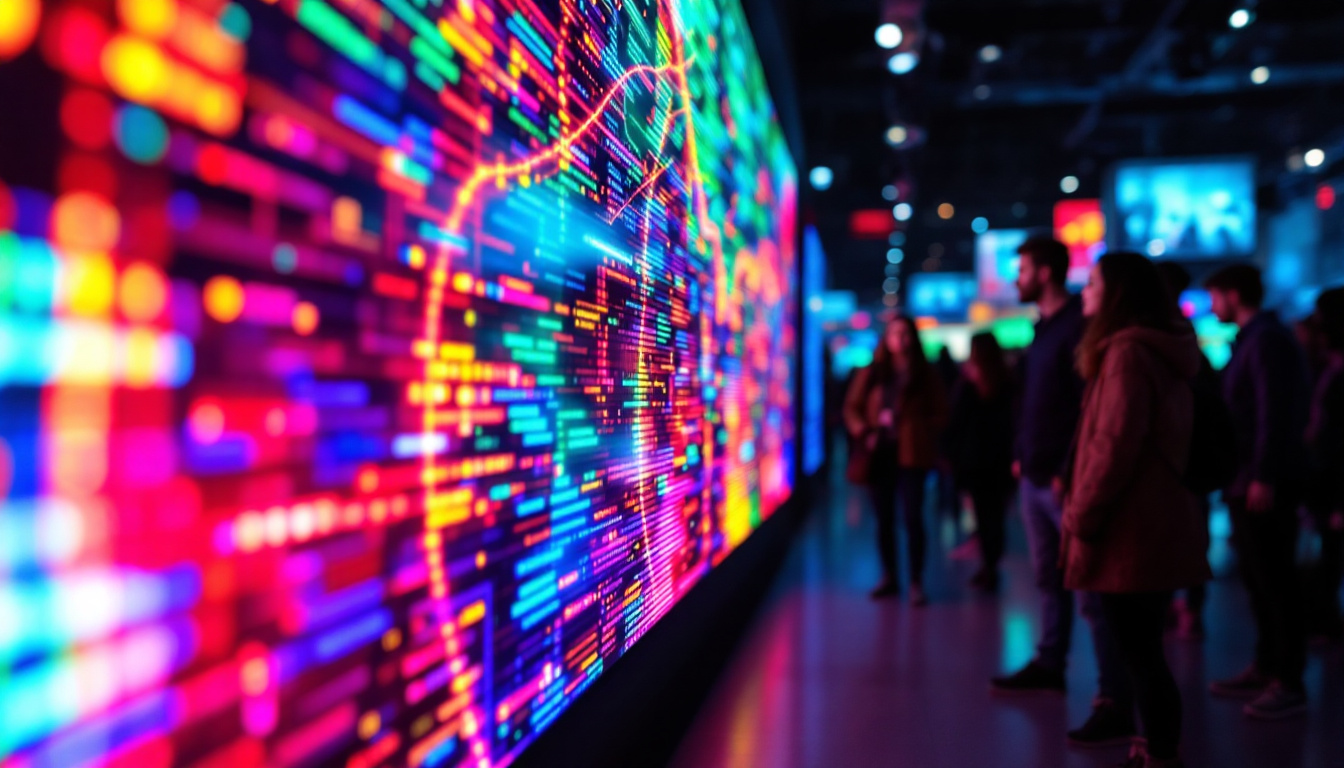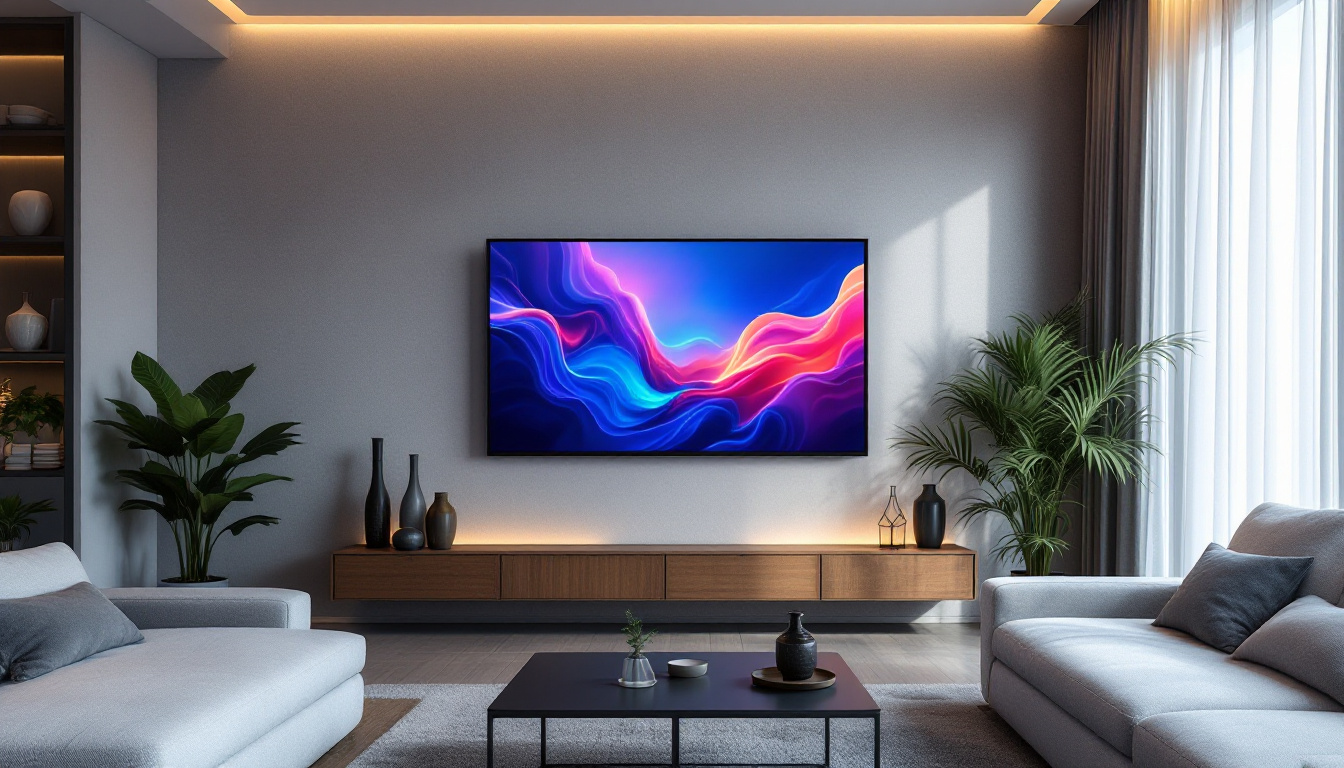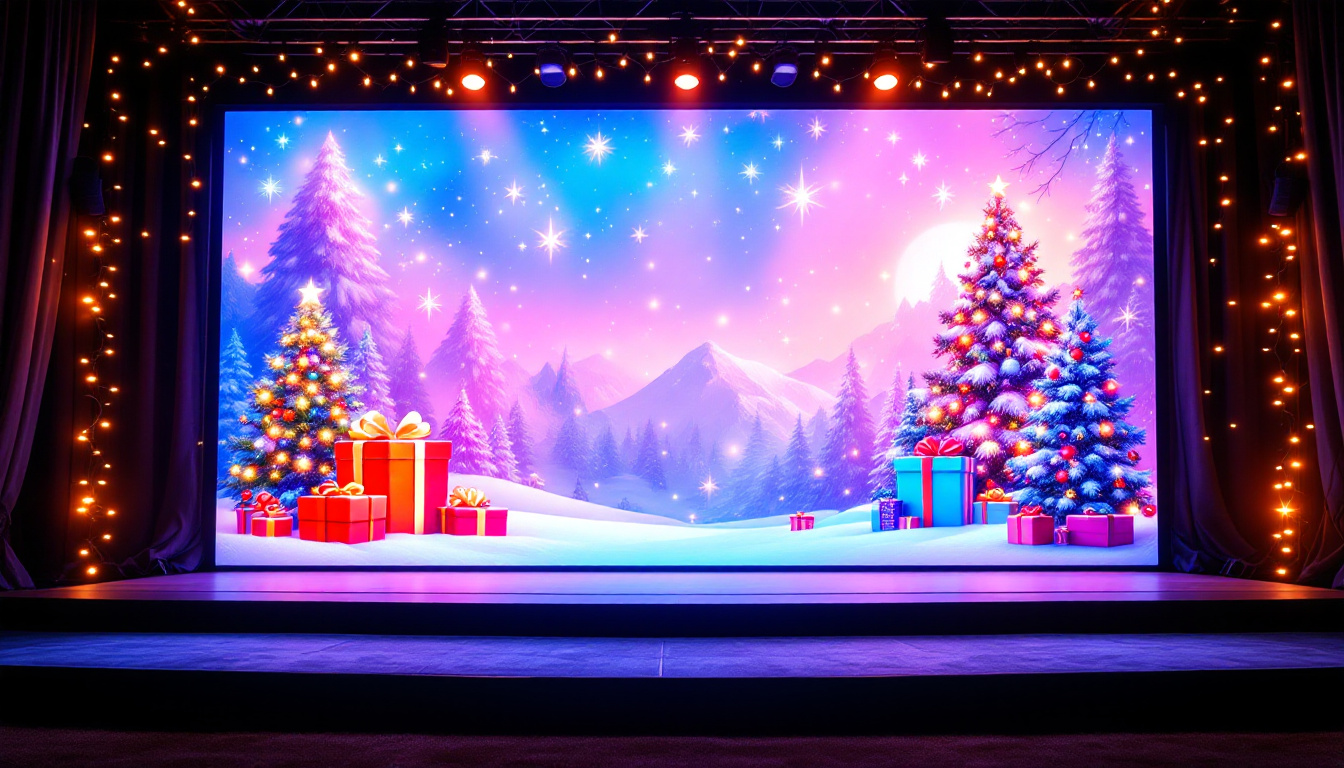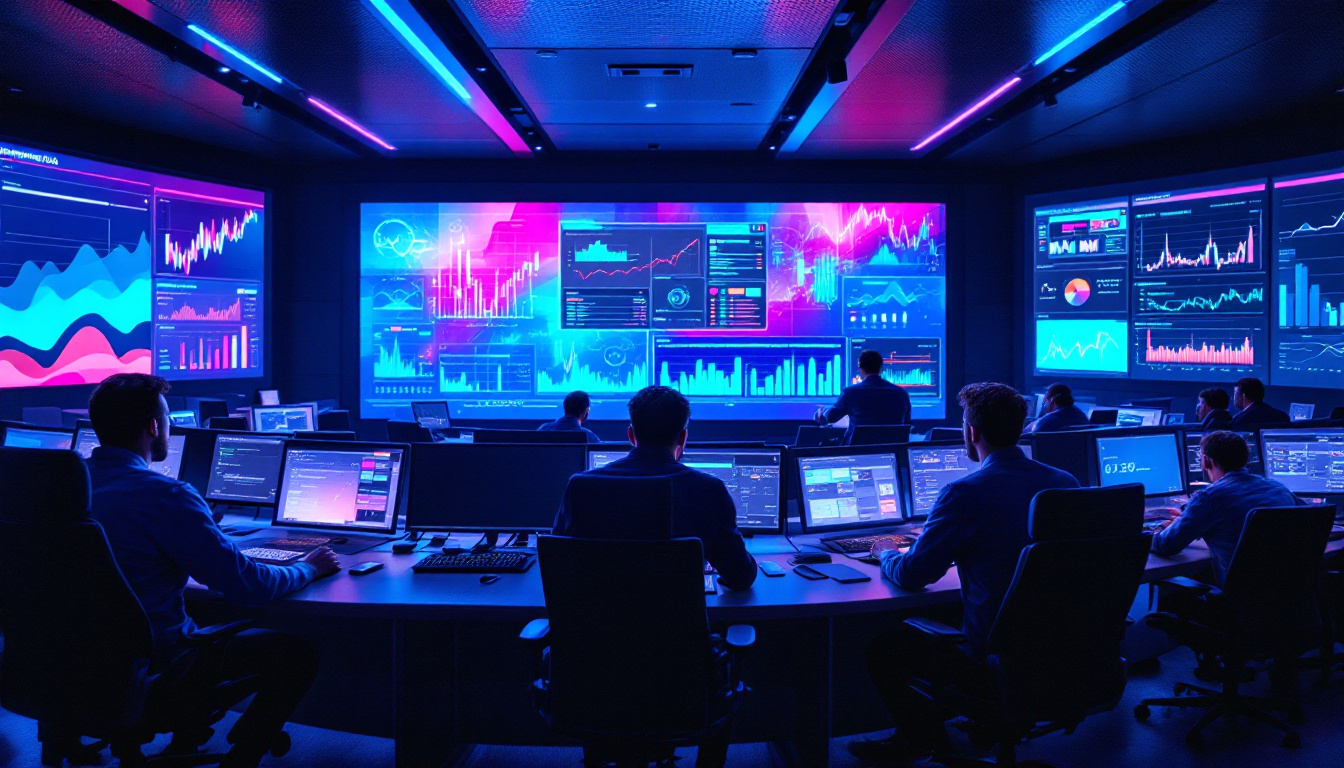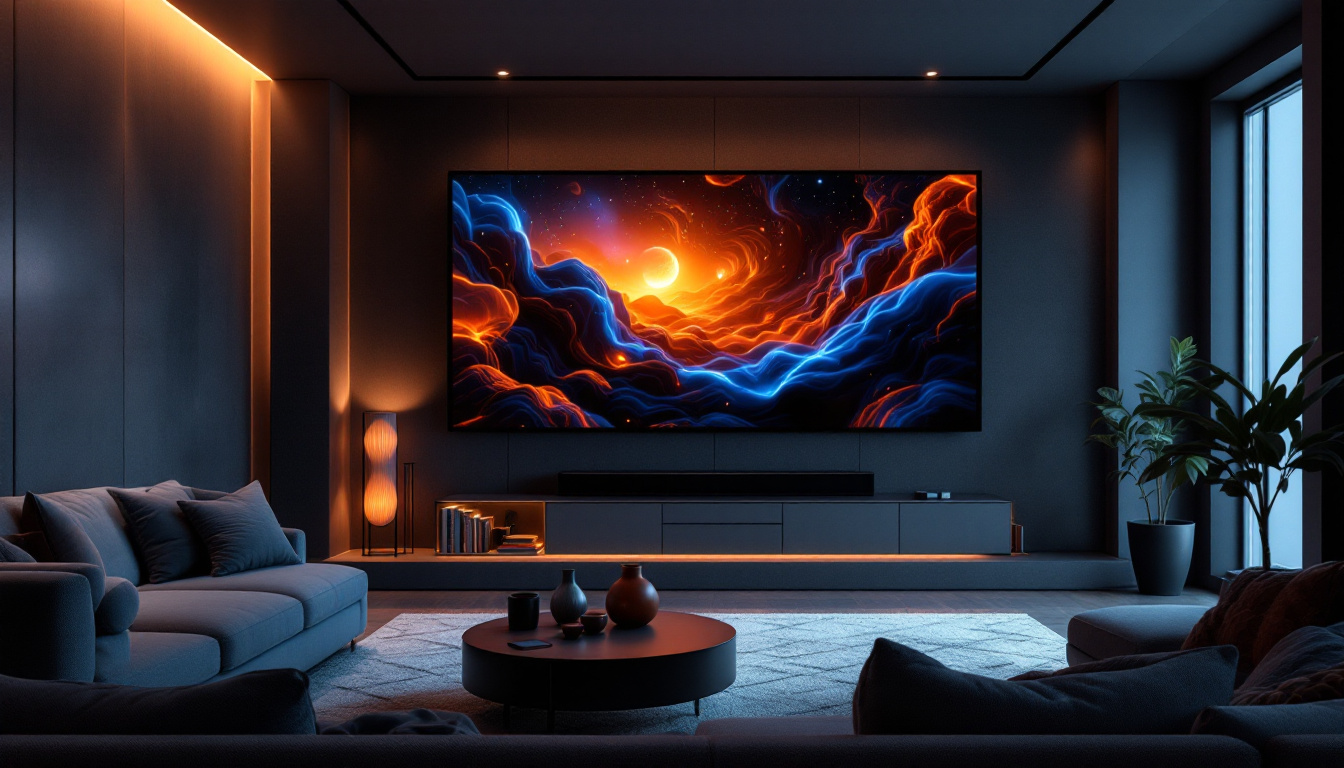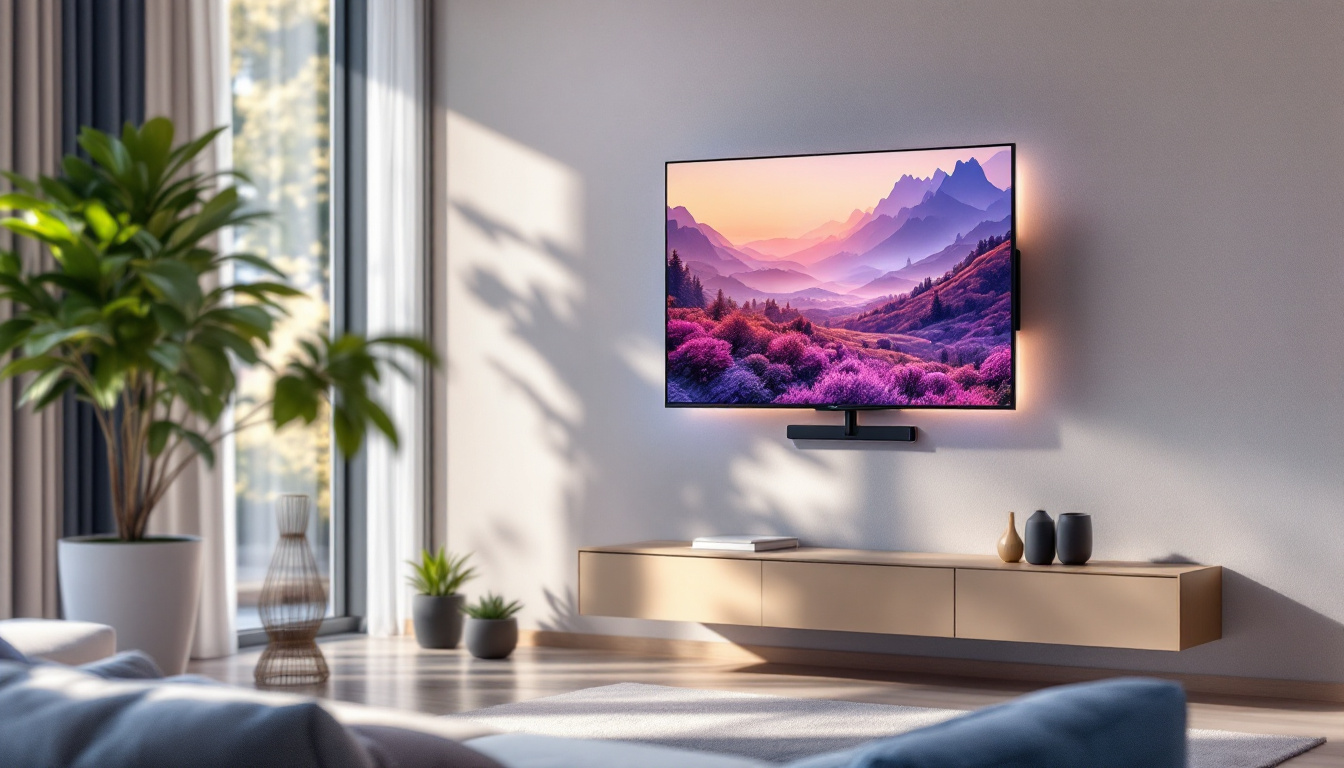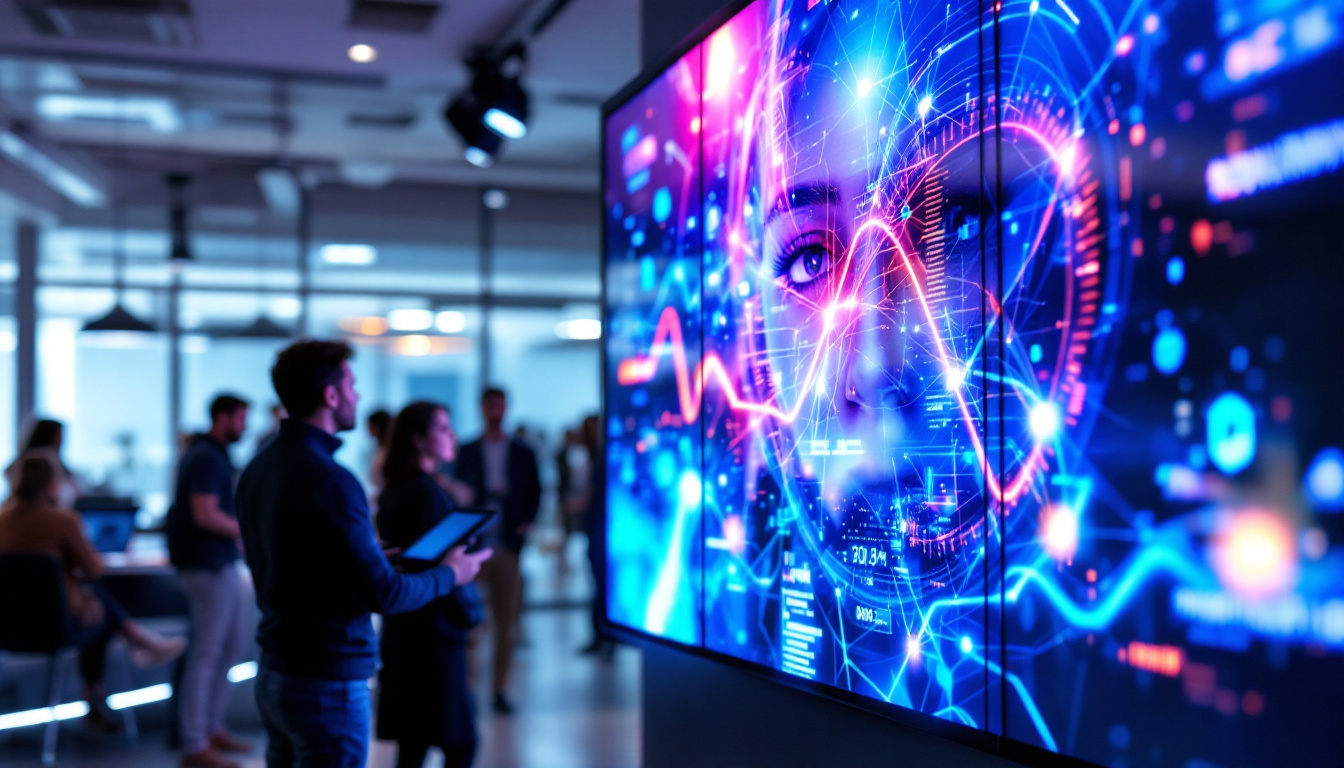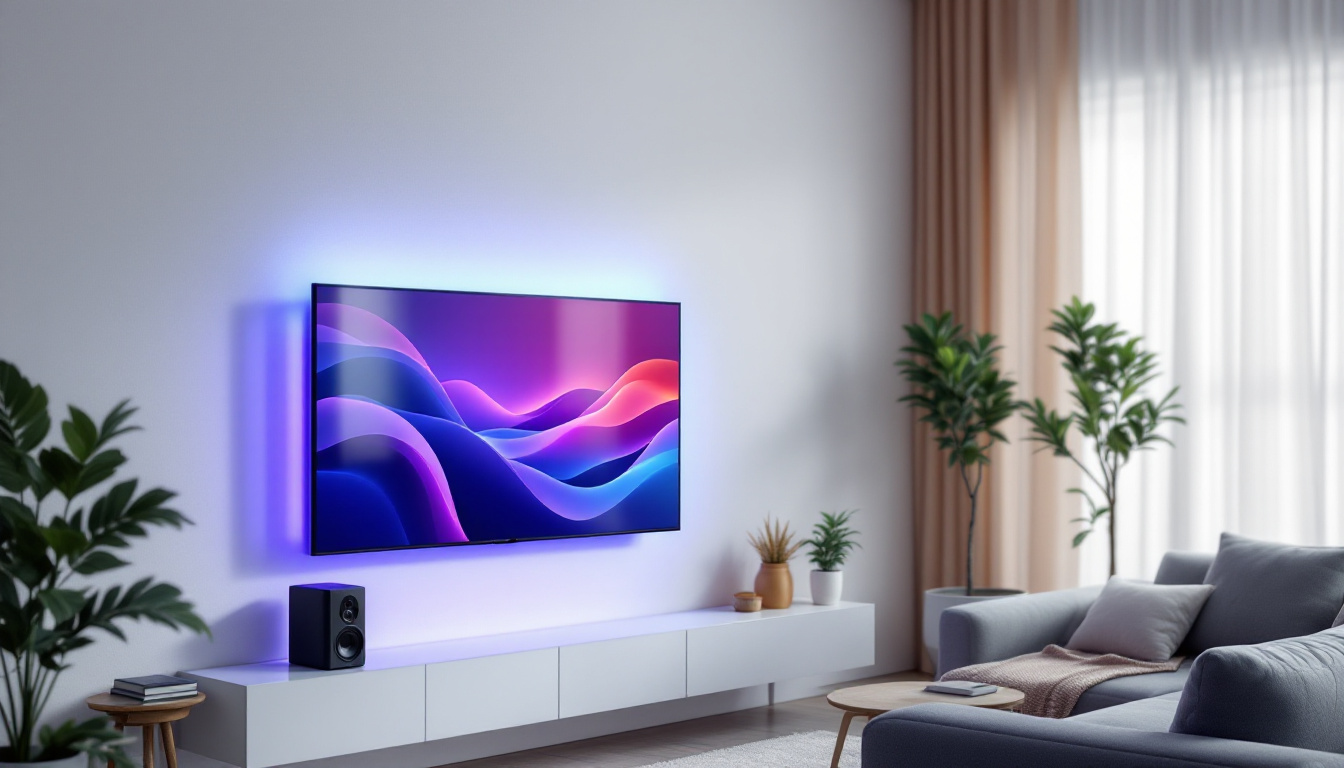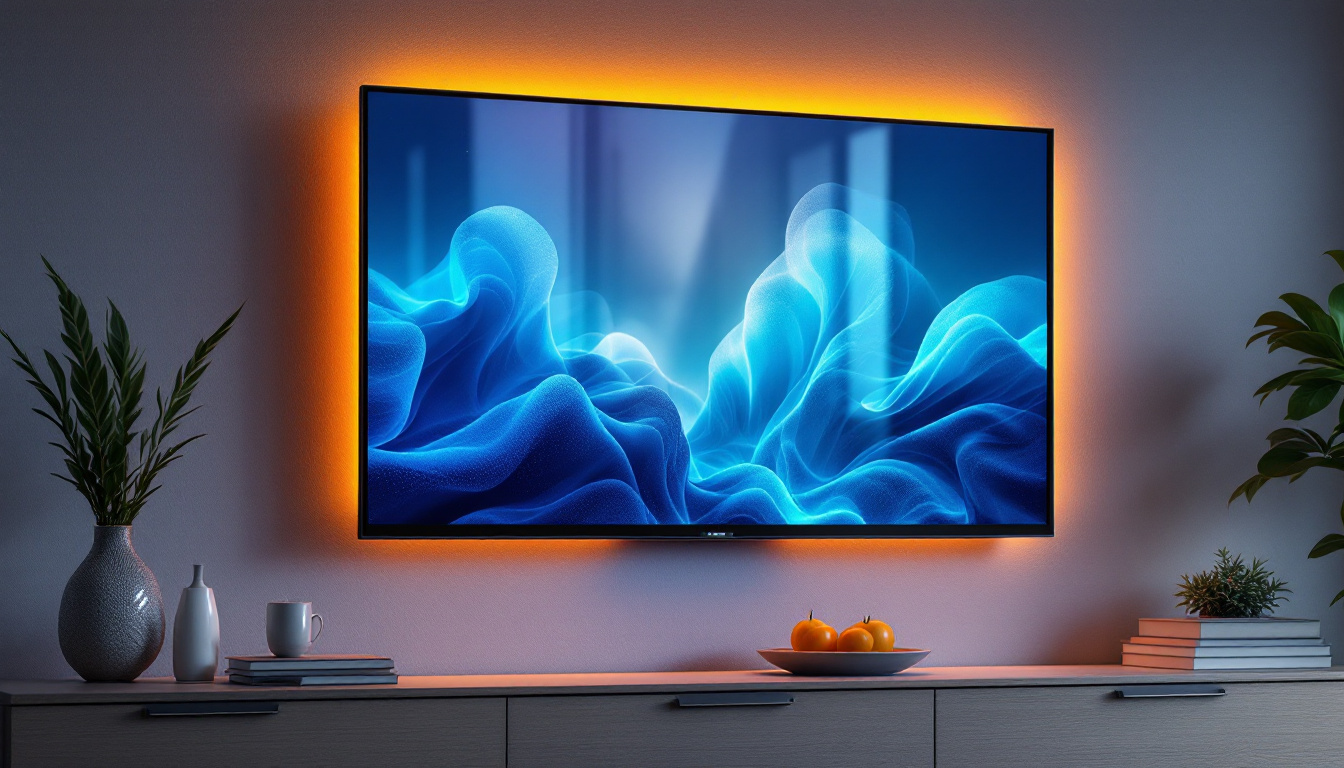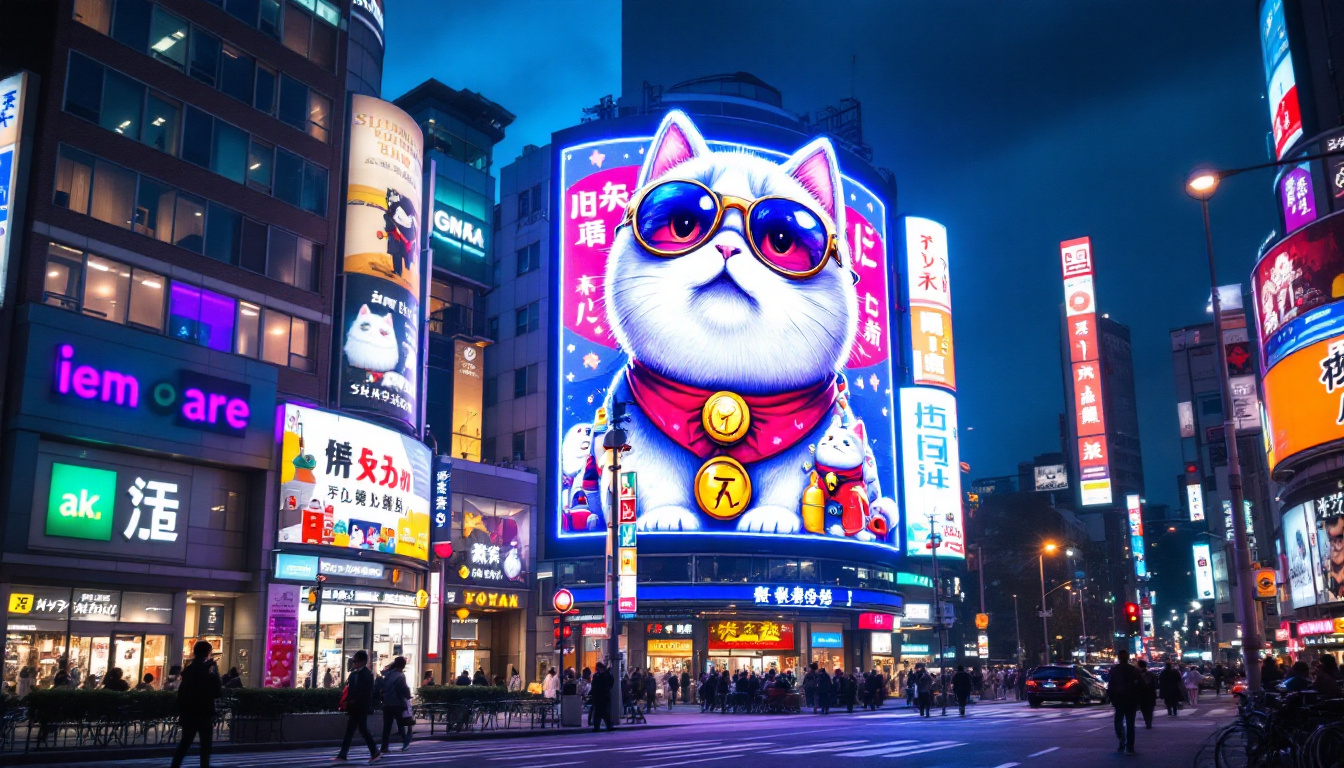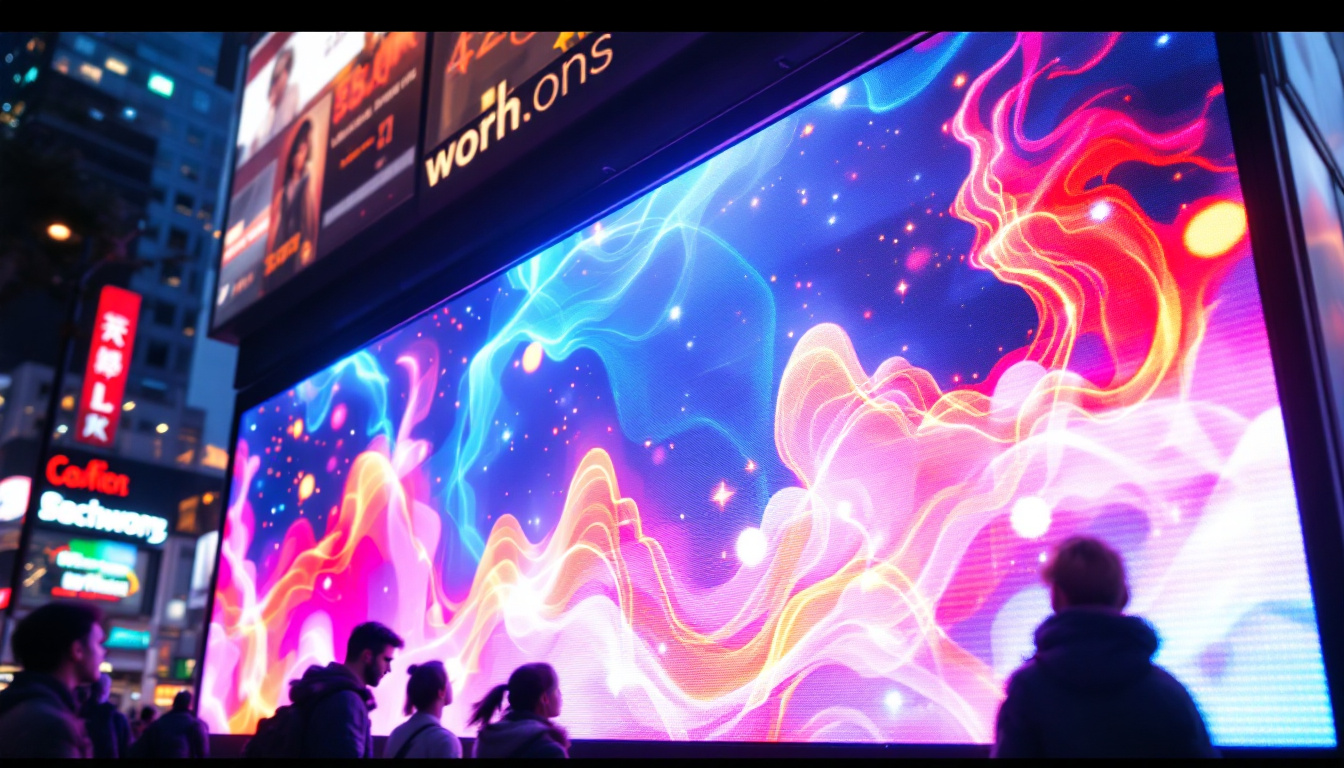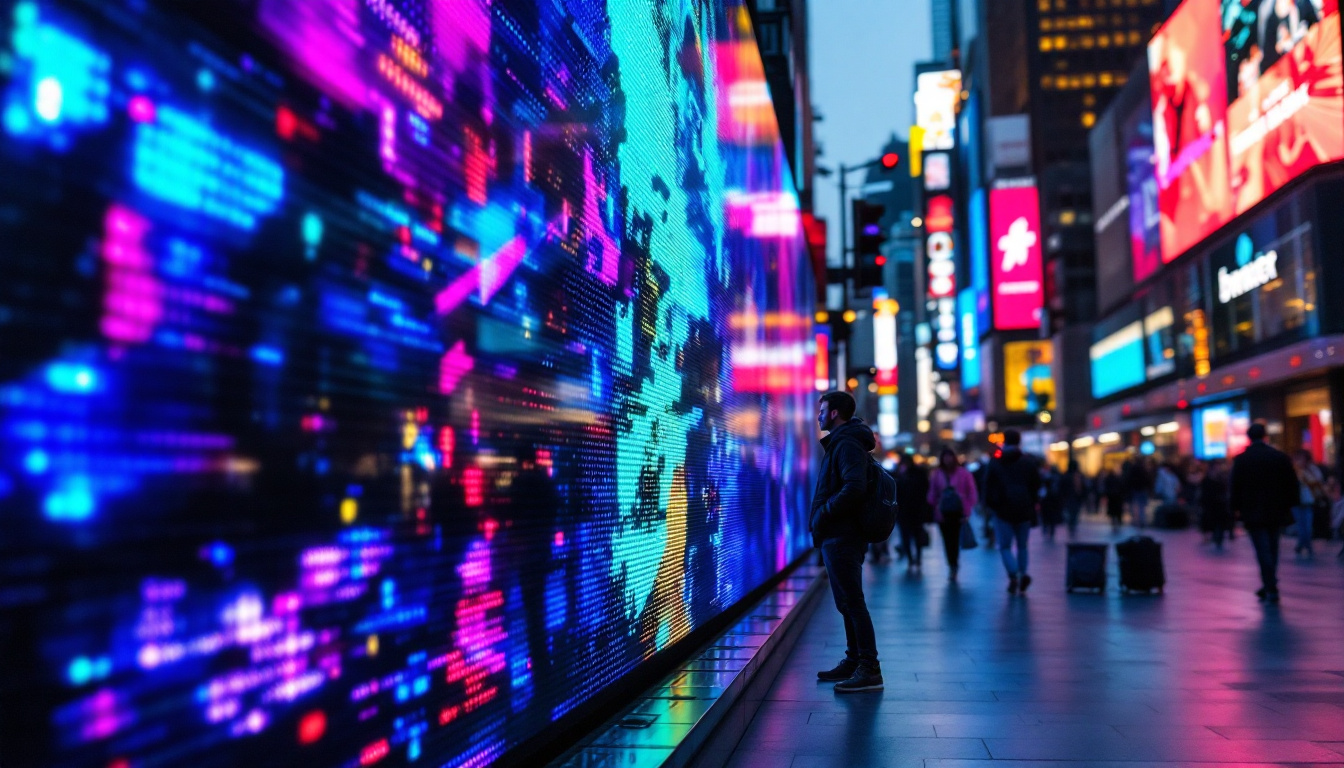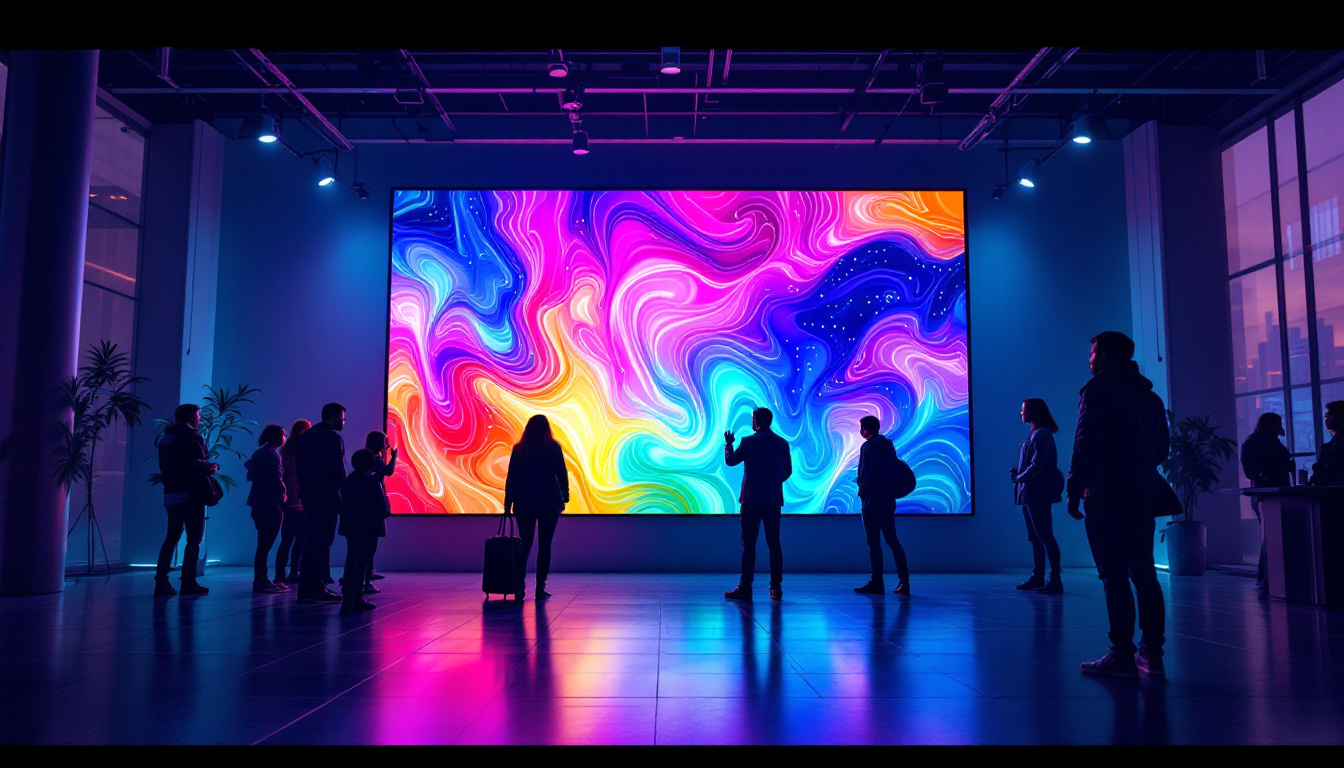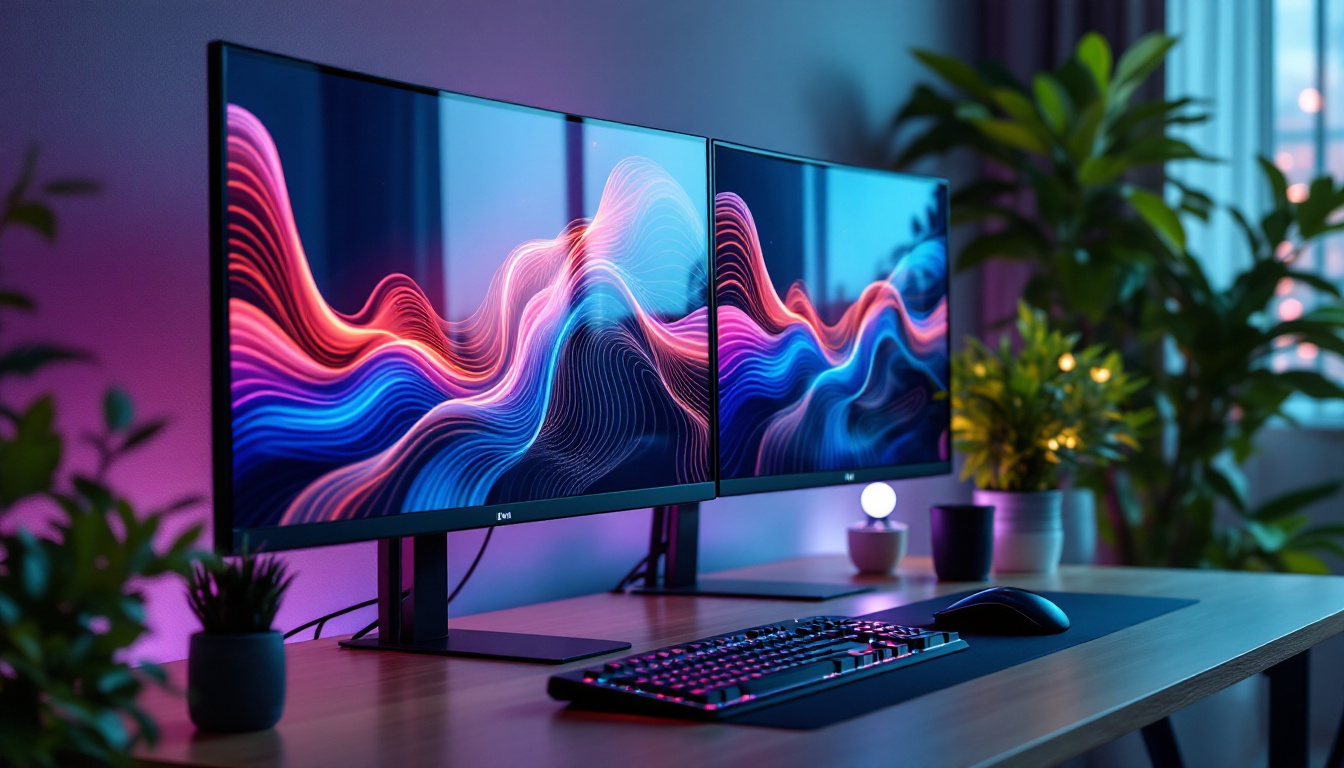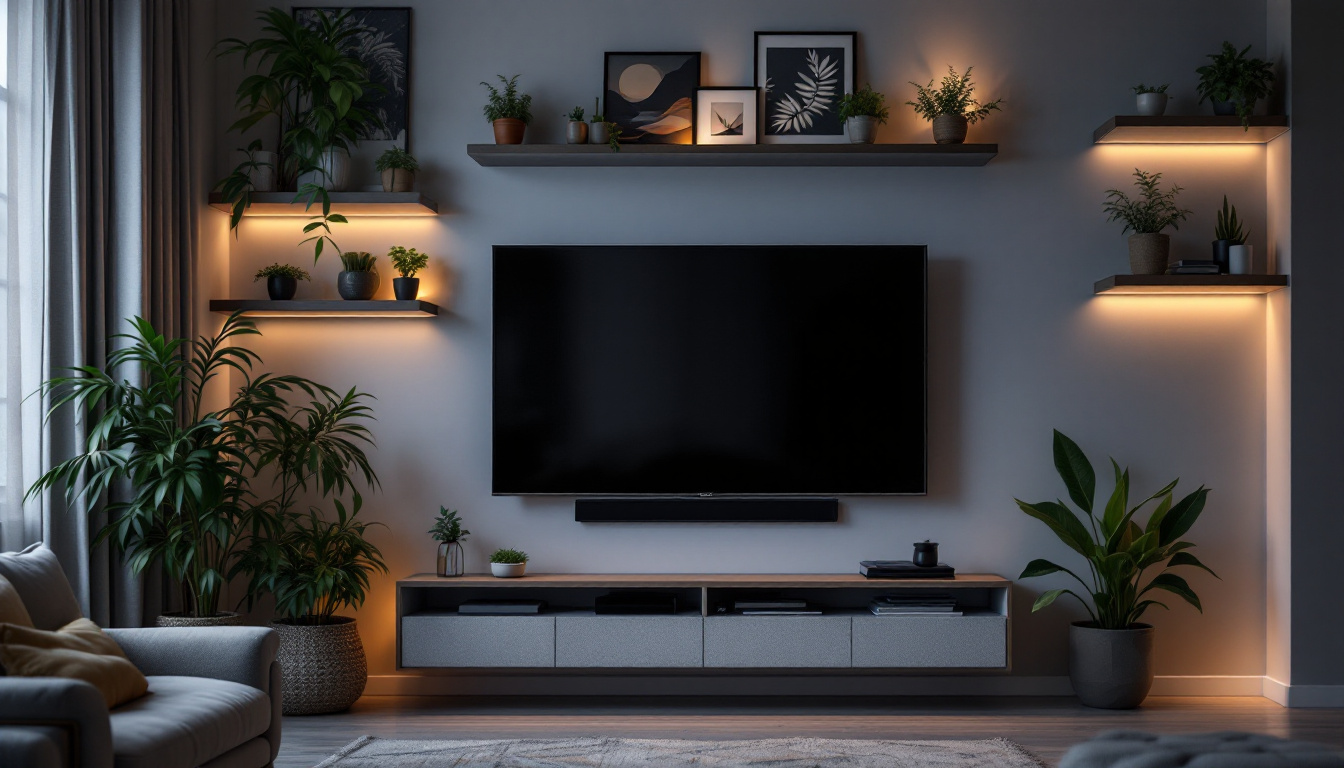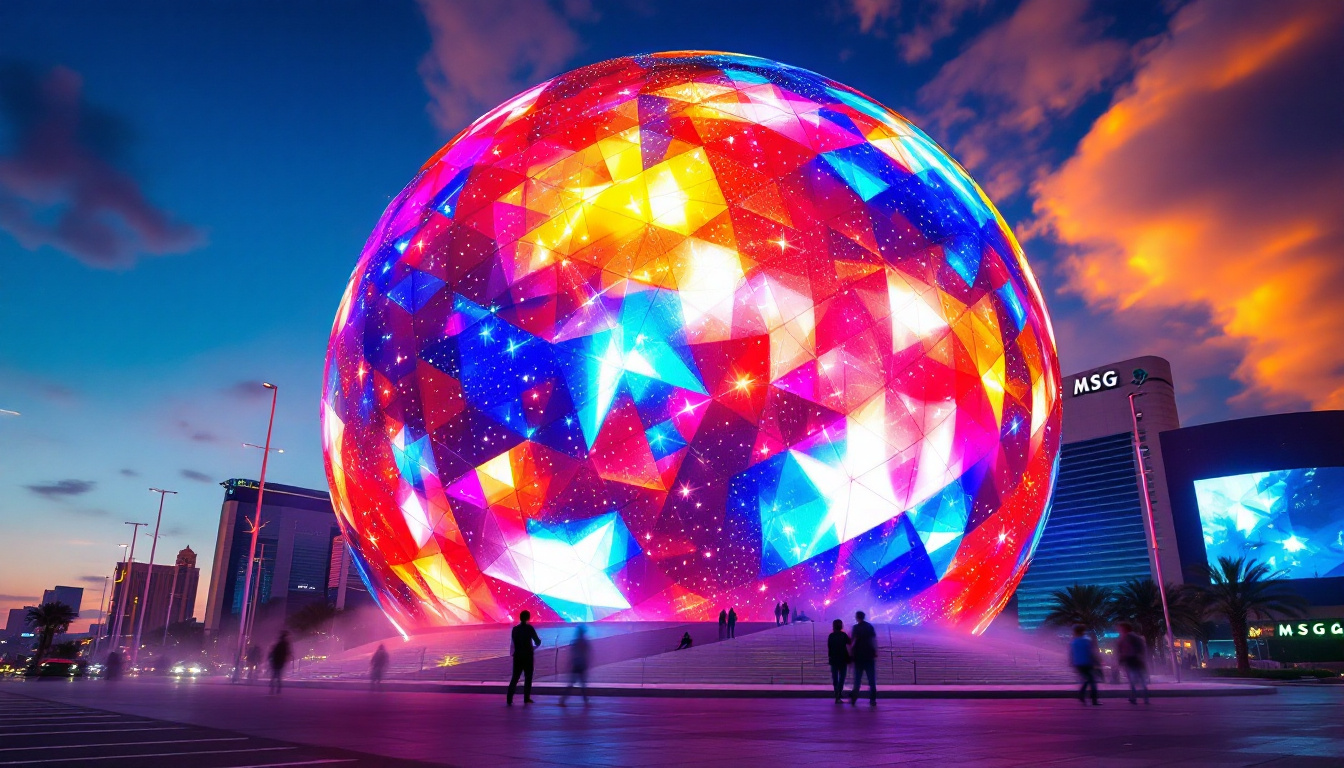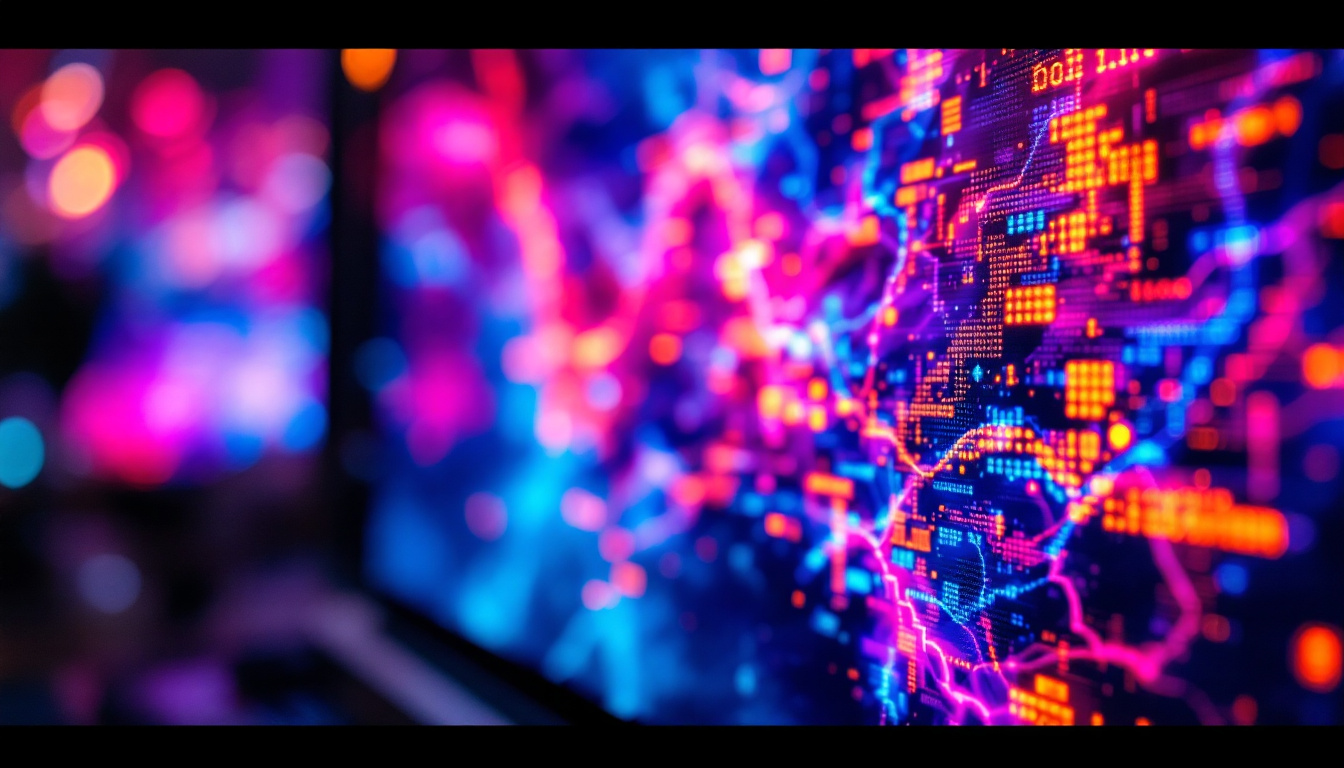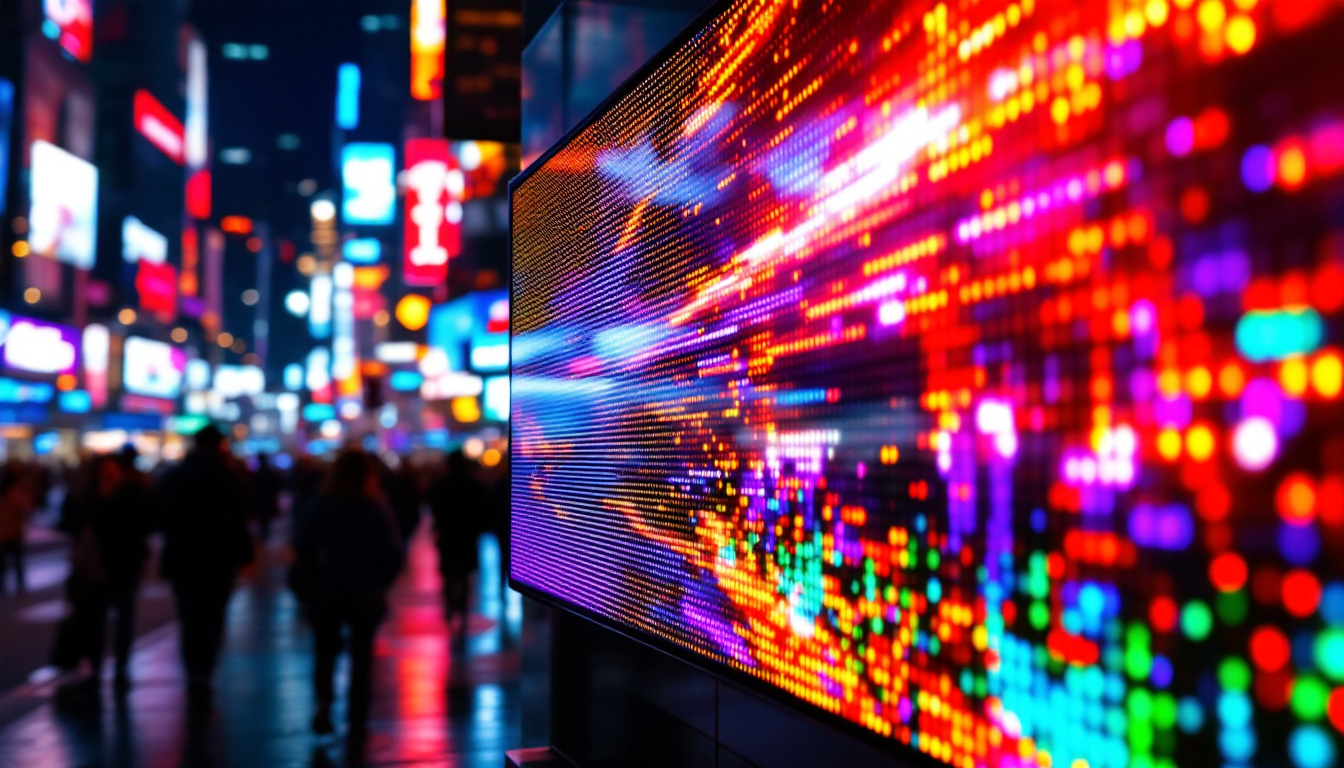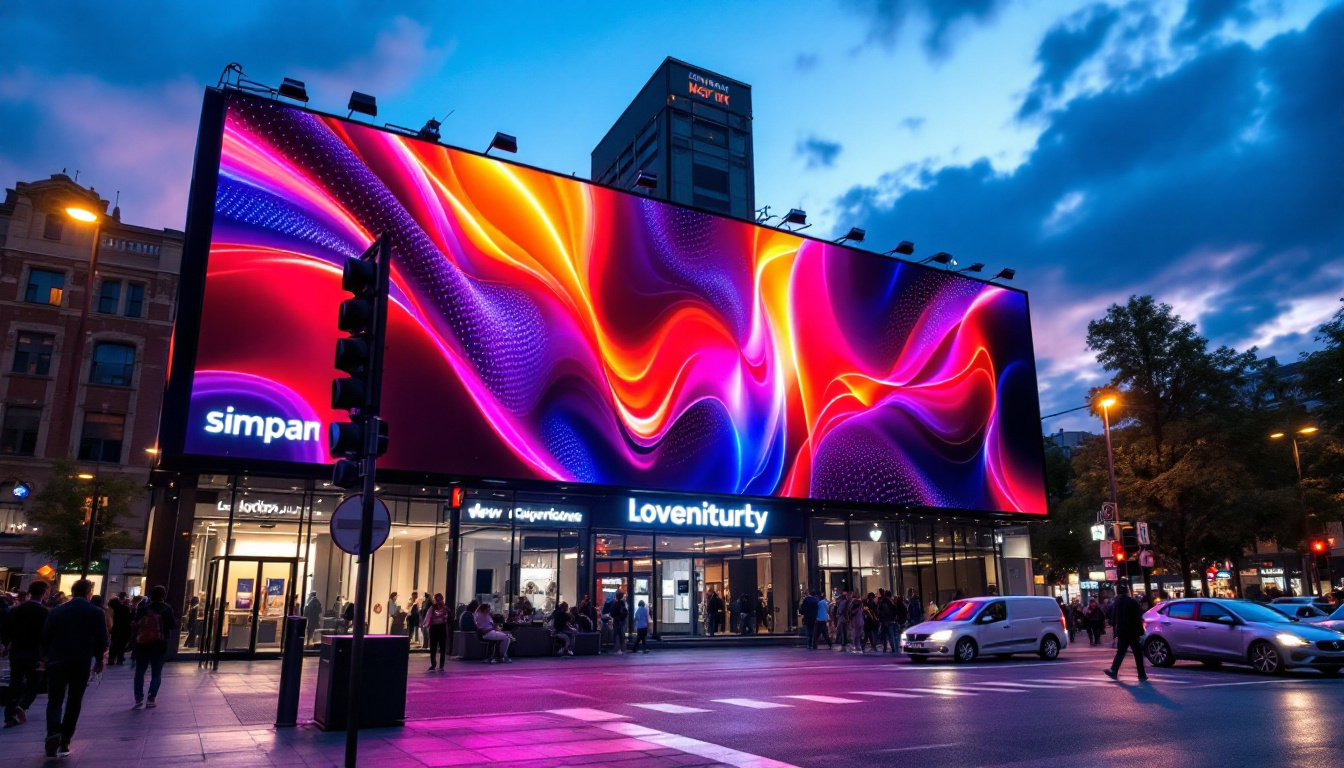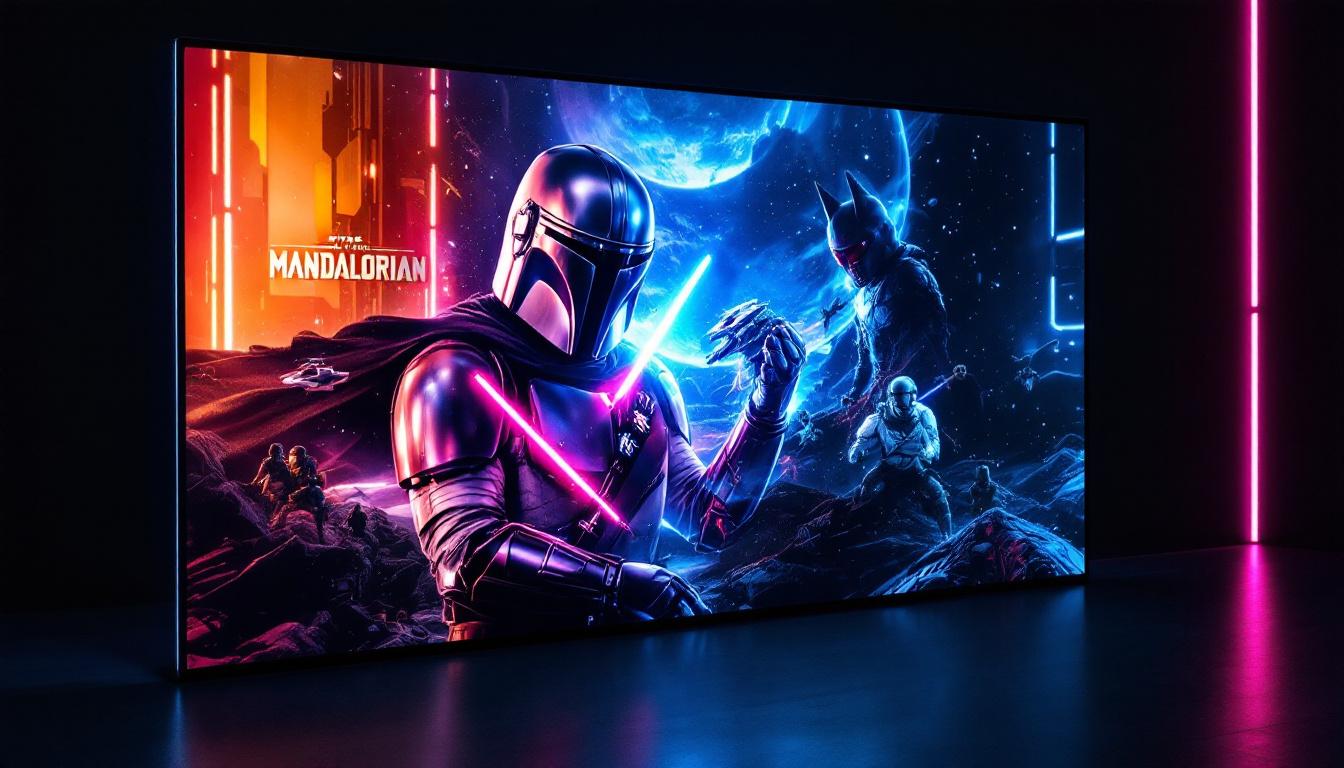In recent years, LED displays have revolutionized the way information is conveyed visually, becoming a staple in advertising, entertainment, and public information systems. Led.Co Lighting stands at the forefront of this innovation, offering high-quality LED display solutions that cater to various needs. This article delves into the intricacies of LED displays, their advantages, applications, and the technology that powers them.
Understanding LED Technology
LED, or Light Emitting Diode, technology is a semiconductor device that emits light when an electric current passes through it. The simplicity of this technology belies its profound impact on modern display solutions. Unlike traditional lighting methods, LEDs are energy-efficient, long-lasting, and capable of producing vibrant colors. This efficiency not only reduces energy costs but also minimizes heat output, making LEDs a safer and more sustainable choice for various applications.
Furthermore, the versatility of LED technology has paved the way for innovative designs in both commercial and residential lighting. From smart home systems that adjust lighting based on time of day to dynamic color-changing installations in public spaces, LEDs are at the forefront of creating immersive environments. Their compact size allows for creative applications, such as in architectural lighting where they can be integrated seamlessly into structures.
The Basics of LED Displays
LED displays are made up of numerous tiny LEDs that form pixels. Each pixel can emit different colors, and when combined, they create a full image or video. The arrangement and density of these pixels determine the display’s resolution and clarity. High-resolution displays are crucial for applications where detail is paramount, such as in digital billboards or large screens in stadiums. The advancements in pixel technology have led to the development of finer pixel pitches, allowing for closer viewing distances without sacrificing image quality.
Moreover, the refresh rate of LED displays plays a significant role in their performance, especially in high-motion environments like sports arenas or concert venues. A higher refresh rate ensures that the image remains stable and fluid, reducing motion blur and enhancing the viewing experience. This is particularly important for live broadcasts, where clarity and precision can make a significant difference in audience engagement.
Types of LED Displays
There are several types of LED displays, each suited for different applications. The most common types include:
- Direct View LED Displays: These displays are made up of individual LEDs that are visible from the front, making them ideal for outdoor advertising and large-scale events. Their brightness and visibility in direct sunlight are unmatched, which is why they are often seen in bustling urban environments.
- LED Video Walls: Composed of multiple panels, these walls create a larger display area, perfect for concerts, sports events, and trade shows. The modular nature of video walls allows for customizable sizes and shapes, enabling unique configurations that can fit any venue.
- Transparent LED Displays: These innovative displays allow for visibility through the screen, making them suitable for retail environments where both advertising and product visibility are important. By integrating transparent LEDs into storefronts, businesses can attract customers while still showcasing their merchandise, creating an engaging shopping experience.
In addition to these types, there are also specialized LED displays designed for niche markets, such as flexible LED screens that can be bent and shaped for creative installations. These flexible displays open up new possibilities for artistic expression and advertising, allowing for unique designs that were previously impossible with traditional display technologies. As LED technology continues to evolve, we can expect even more exciting developments that will further enhance how we communicate visually in our everyday lives.
Advantages of LED Displays
The advantages of LED displays over traditional display technologies are numerous. Their unique properties make them a preferred choice for various applications.
Energy Efficiency
One of the most significant benefits of LED displays is their energy efficiency. LEDs consume significantly less power than traditional incandescent or fluorescent lights, leading to reduced energy costs and a smaller carbon footprint. This efficiency is particularly beneficial for large installations, where energy savings can be substantial over time. Moreover, many LED displays are designed with smart technology that allows them to automatically adjust their brightness based on ambient light conditions, further optimizing energy usage and enhancing the viewing experience.
Longevity and Durability
LEDs are known for their longevity, often lasting up to 100,000 hours or more. This durability translates to lower maintenance costs and fewer replacements, making them a cost-effective solution in the long run. Additionally, LED displays are more resistant to shock and vibration compared to traditional displays, making them suitable for various environments, including outdoor settings. Their robust construction also means they can withstand harsh weather conditions, such as rain, snow, and extreme temperatures, ensuring consistent performance and reliability in diverse climates.
Vibrant Color and Brightness
LED displays are capable of producing bright, vivid colors that can be seen even in direct sunlight. This feature is particularly advantageous for outdoor advertising, where visibility is crucial. The ability to adjust brightness levels also allows for optimal viewing experiences in different lighting conditions. Furthermore, advancements in LED technology have led to improved color accuracy and a wider color gamut, allowing for more lifelike images and videos. This is especially important in applications such as digital signage and broadcasting, where visual quality can significantly impact audience engagement and message retention.
Versatility and Customization
Another noteworthy advantage of LED displays is their versatility and customization options. They can be manufactured in various shapes and sizes, allowing for creative installations that fit specific design requirements. Whether it’s a massive video wall in a stadium, a sleek display in a retail store, or a curved screen for an art installation, LED technology can adapt to meet diverse needs. Additionally, LED displays can be integrated with advanced software for dynamic content management, enabling real-time updates and interactive features that enhance viewer engagement.
Environmental Impact
In addition to their energy efficiency, LED displays have a lower environmental impact compared to traditional display technologies. They are free from toxic materials such as mercury, which is commonly found in fluorescent lights, making them safer for both the environment and human health. The recyclability of LED components also contributes to sustainability efforts, as many manufacturers are now implementing programs to recycle old displays. This commitment to eco-friendly practices not only helps reduce waste but also aligns with the growing demand for sustainable solutions in various industries.
Applications of LED Displays
LED displays have found a multitude of applications across various industries, from advertising to entertainment and beyond. Their versatility makes them a valuable asset in many contexts.
Advertising and Marketing
In the realm of advertising, LED displays have become a game-changer. Businesses utilize these displays to showcase dynamic content, including videos, animations, and real-time information. The ability to change content quickly and easily allows for targeted marketing campaigns that can adapt to audience preferences.
Entertainment and Events
Concerts, sports events, and festivals have embraced LED technology to enhance the viewer experience. LED video walls provide immersive visuals that captivate audiences, while smaller displays can be used for information and wayfinding. The flexibility of LED technology allows for creative stage designs that can transform any event.
Public Information Systems
LED displays are also widely used in public information systems, such as transportation hubs and municipal buildings. They provide real-time updates on schedules, announcements, and emergency information, ensuring that the public stays informed. The clarity and visibility of LED displays make them an effective tool for communication in busy environments.
Choosing the Right LED Display
Selecting the appropriate LED display for a specific application involves several considerations. Understanding the environment, purpose, and audience is crucial for making an informed decision.
Resolution and Pixel Pitch
When choosing an LED display, resolution and pixel pitch are critical factors. Pixel pitch refers to the distance between the centers of two adjacent pixels. A smaller pixel pitch results in higher resolution and clearer images, making it ideal for close viewing distances. Conversely, larger pixel pitches are suitable for displays viewed from a distance, such as billboards.
Environment and Location
The environment in which the LED display will be installed plays a significant role in the selection process. Outdoor displays require weatherproofing and higher brightness levels to combat sunlight, while indoor displays may prioritize resolution and color accuracy. Understanding these environmental factors ensures that the chosen display performs optimally.
Content Management Systems
Content management is another essential aspect to consider. A robust content management system (CMS) allows for easy updates and scheduling of display content. Many modern LED displays come with integrated CMS solutions, enabling users to manage their content efficiently and effectively.
Future Trends in LED Display Technology
The LED display industry is continuously evolving, with new technologies and trends emerging regularly. Staying informed about these developments is crucial for businesses and consumers alike.
Advancements in MicroLED Technology
MicroLED technology is one of the most exciting advancements in the LED display sector. This technology utilizes microscopic LEDs to create displays with exceptional resolution and color accuracy. MicroLED displays promise to offer even greater energy efficiency and longer lifespans, making them a potential game-changer in the industry.
Integration with Smart Technology
As smart technology continues to permeate everyday life, LED displays are increasingly being integrated with IoT (Internet of Things) capabilities. This integration allows for real-time data sharing, remote management, and enhanced interactivity. Businesses can leverage these features to create more engaging and responsive advertising experiences.
Eco-Friendly Innovations
With a growing emphasis on sustainability, the LED display industry is also focusing on eco-friendly innovations. This includes the development of recyclable materials, energy-efficient manufacturing processes, and displays that consume less power. Such advancements not only benefit the environment but also appeal to consumers who prioritize sustainability.
Conclusion
LED displays have transformed the visual landscape, offering unparalleled advantages in energy efficiency, longevity, and vibrant color reproduction. As technology continues to advance, the applications and capabilities of LED displays will only expand, providing exciting opportunities for businesses and consumers alike. Led.Co Lighting remains committed to leading the charge in this dynamic field, delivering innovative solutions that meet the diverse needs of the modern world.
In summary, understanding LED technology, its advantages, applications, and future trends is essential for anyone looking to harness the power of LED displays. Whether for advertising, entertainment, or public information, the right LED display can make a significant impact, enhancing visibility and engagement in an increasingly digital world.
Discover LumenMatrix’s Innovative LED Display Solutions
Ready to elevate your visual communication and captivate your audience with the latest in LED display technology? Look no further than LumenMatrix. Our comprehensive range of LED display modules, from Indoor and Outdoor LED Walls to specialized solutions like Vehicle and Floor LED Displays, is designed to bring your brand to life. Experience the future of digital signage with our Custom, All-in-One, and Transparent LED Displays, crafted to create unforgettable visual experiences and enhance engagement. Don’t miss out on the opportunity to transform your space. Check out LumenMatrix LED Display Solutions today and start making an impactful statement.

